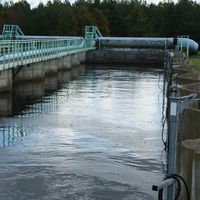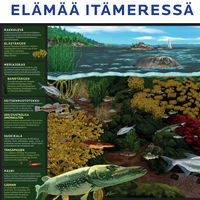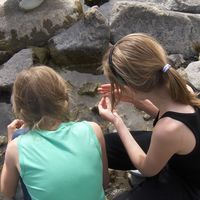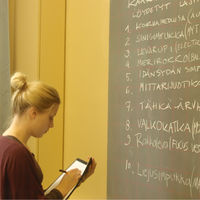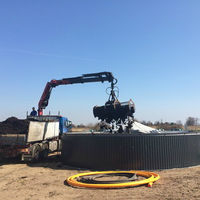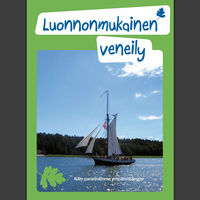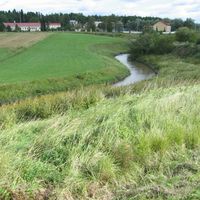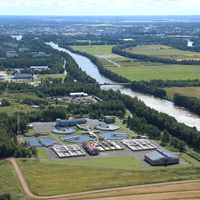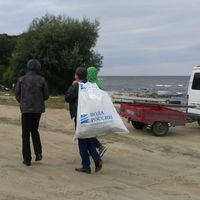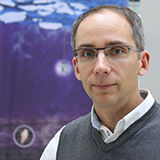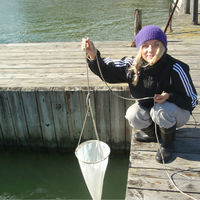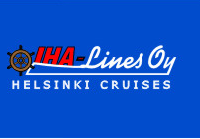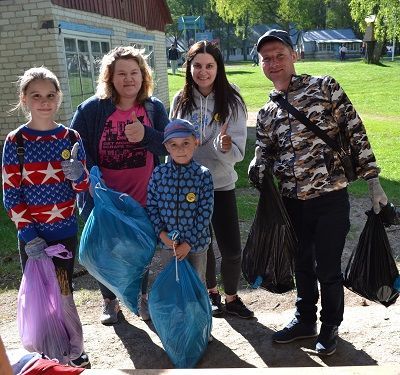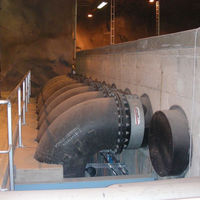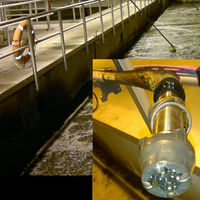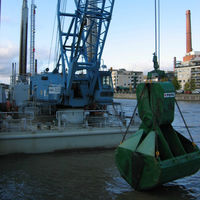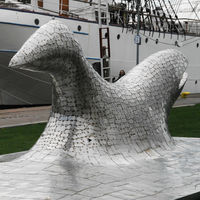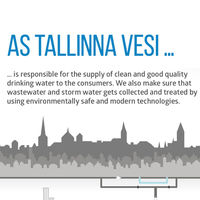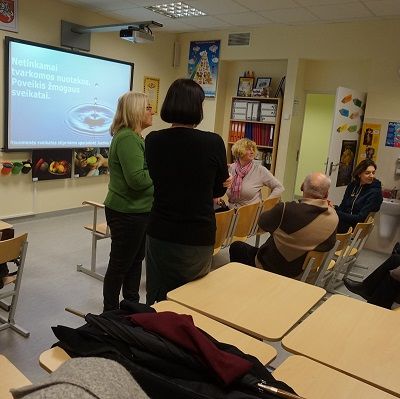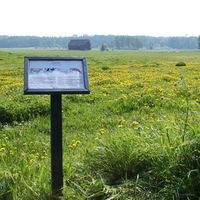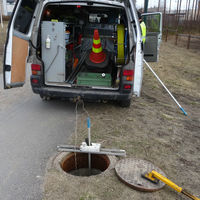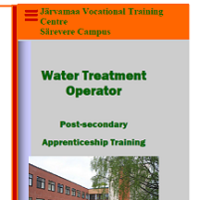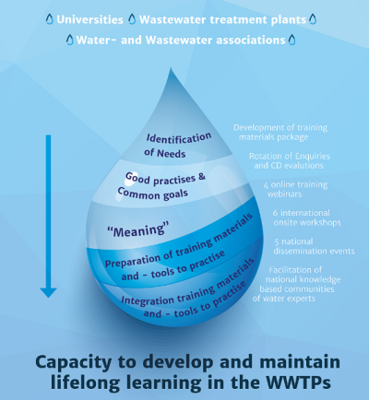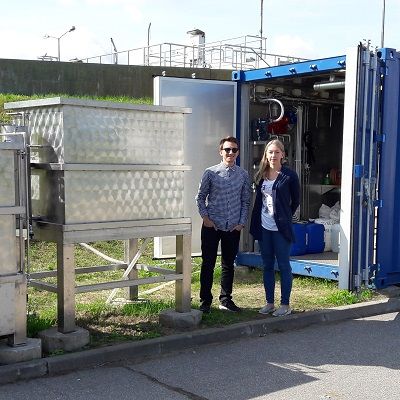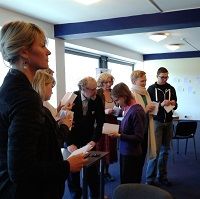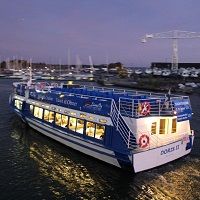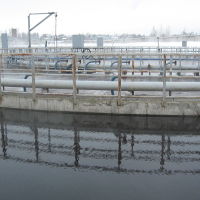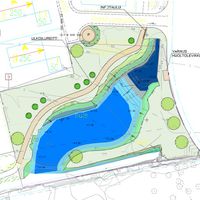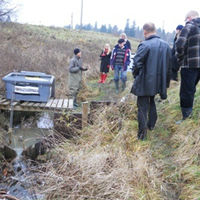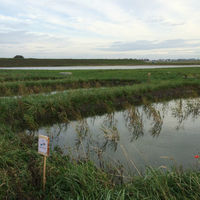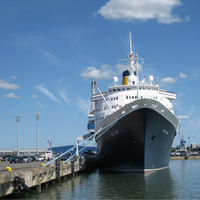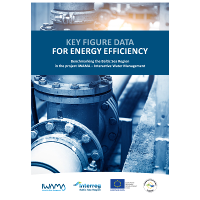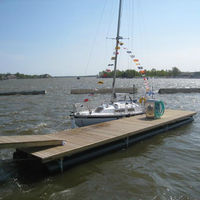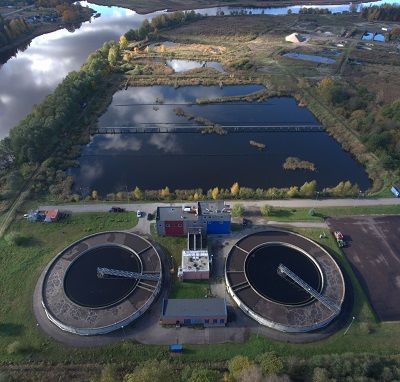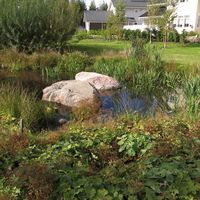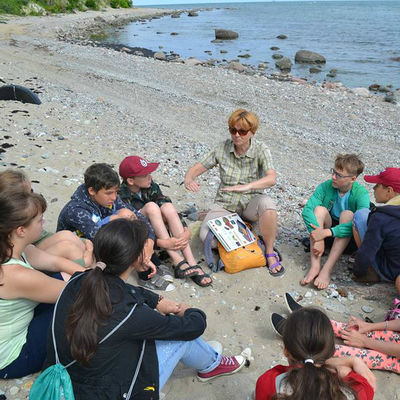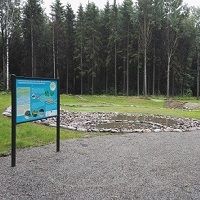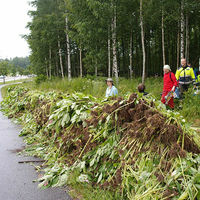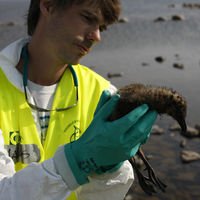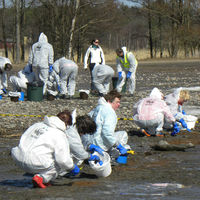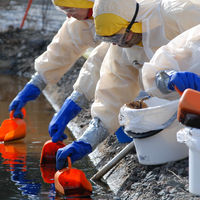Bank of Actions
Are you seeking examples or inspiration for water protection? There are plenty of potential actions to choose from! The Bank of Actions will provide your organisation with concrete ideas and examples of water protection activities implemented by organisations in the Baltic Sea Challenge network. You can browse these according to the theme, type of actor, country, year or keyword.
 |
Join the Baltic Sea Challenge network by committing to water protection work, and gain the benefits of an international expert Network. Read more about the Baltic Sea Challenge and how to join the network. |
 |
The Bank of Actions is always open to ideas for new actions. Is your organisation already a member of the Baltic Sea Challenge network and does it have good examples of water protection measures that it would like to share? Tell us about the work that you do, by filling in this form. We will put your action on the map! |
![]() Agriculture
Agriculture
![]() Awareness raising
Awareness raising
![]() Hazardous materials
Hazardous materials
![]() Littering etc.
Littering etc.
![]() Oil spill prevention
Oil spill prevention
![]() Research and monitoring
Research and monitoring
![]() Shipping and boating
Shipping and boating
![]() Stormwater management
Stormwater management
![]() Strategies and programs
Strategies and programs
![]() Wastewater management
Wastewater management
![]() Other
Other
![]() Drainage basin
Drainage basin
Simulation-based Decision-making tool for WWTP Grevesmühlen
Actor: Aqua & Waste International GmbH ● Year: 2017 ● Address:
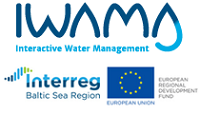 The decision-making tool aims to link the inter-dependent treatment components. For this reason a simulation model of the WWTP Grevesmühlen was developed in a step-by-step approach, based on a detailed baseline study and operational data analysis.
The decision-making tool aims to link the inter-dependent treatment components. For this reason a simulation model of the WWTP Grevesmühlen was developed in a step-by-step approach, based on a detailed baseline study and operational data analysis.
WWTP Grevesmühlen currently has a capacity of approx. 65,000 PE. The incoming wastewater is characterized by high proportions of industrial discharges (dairy, coffee production). In addition to the biological treatment, based on the activated sludge process, a central sludge treatment forms the core of the plant. Due to additional digestion of sewage sludge from surrounding WWTPs and various co-substrates, the biogas yield is improved/high.
Besides a sludge thickening and co-substrate receiving station the plant is equipped with a thermal hydrolysis unit to intensify the digestion processes, aiming to further improve the biogas production and dewatering characteristics of the digested sludge. The sludge liquor is treated in a partial flow treatment, based on a two-stage deammonification to significantly reduce the nitrogen load. The complex overall system allows an energy-efficient treatment of wastewater without compromising the effluent quality.
Description
The simulation model of the WWTP Grevesmühlen consists of four functional groups.
- The first blocks serve to set the input values for the model (operational data of the WWTP, standard values etc.).
- This unit is followed by the modules for adjusting the kinetic parameters and fractioning.
- The next group includes all steps for the regular treatment of the incoming wastewater - primary clarifier, 4-lane alternating nitrification / denitrification, secondary clarifier.
- This is complemented by the blocks of the sewage sludge treatment - thermal hydrolysis, anaerobic digestion with co-fermentation and sludge liquor treatment based on the deammonification process.
Based on a successful calibration and validation of the simulation model including pre-treatment, aerobic biological treatment, sludge digestion, co-fermentation, thermal hydrolysis and deammonification, optimization potentials will be identified. Subsequently, the findings will be implemented in the full-scale operation of the treatment plant. The verification process includes a detailed measurement campaign before and after implementation of the optimization measures.
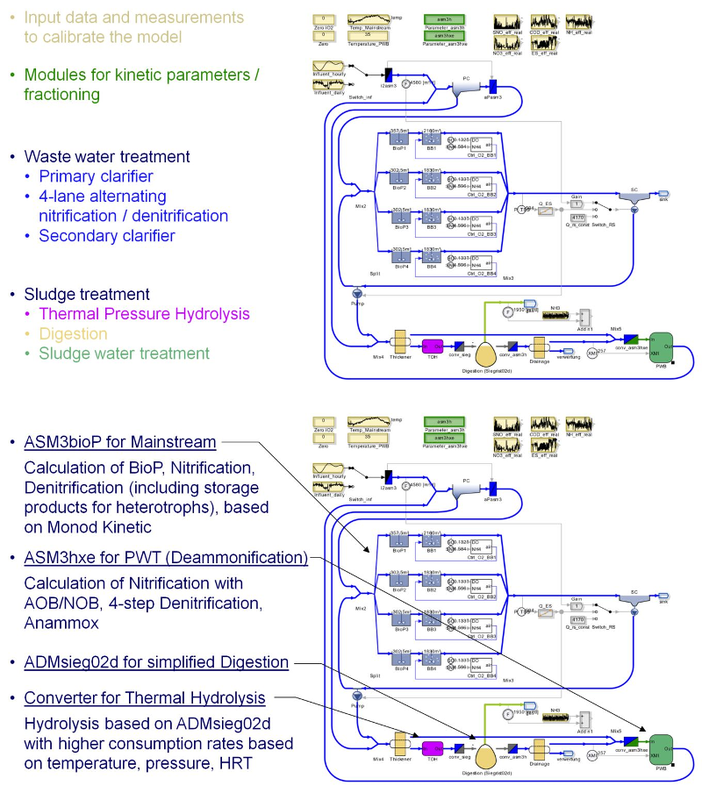
Benefits
The successful implementation and application of the decision-making tool will contribute to minimize the discharge of nutrients to the Baltic Sea by optimizing the treatment performance of the WWTP Grevesmühlen. In addition the energetic optimization will contribute the significantly reduce the operational costs of the treatment plant.
Background information
The decision-making tool in Grevesmühlen was developed within Interreg Baltic Sea Region Programme 2014-2020 financed project IWAMA (Interactive Water Management project). Baltic Sea Challenge had close co-operation with IWAMA. The project activities concentrated on developing the capacity of water sector operators and pilot investments to increase energy efficiency and advance sludge handling. All project activities were targeted at better environmental state of the Baltic Sea through reducing nutrient input, optimizing energy consumption of the wastewater treatment plants, training water sector’s employees and ensuring the transfer of knowledge. The partners of the IWAMA project joined the Baltic Sea Challenge network.

Further information
Name: Peter Hartwig ● Email: hartwig(a)aquawaste.de ● Web page: http://www.aquawaste.de


